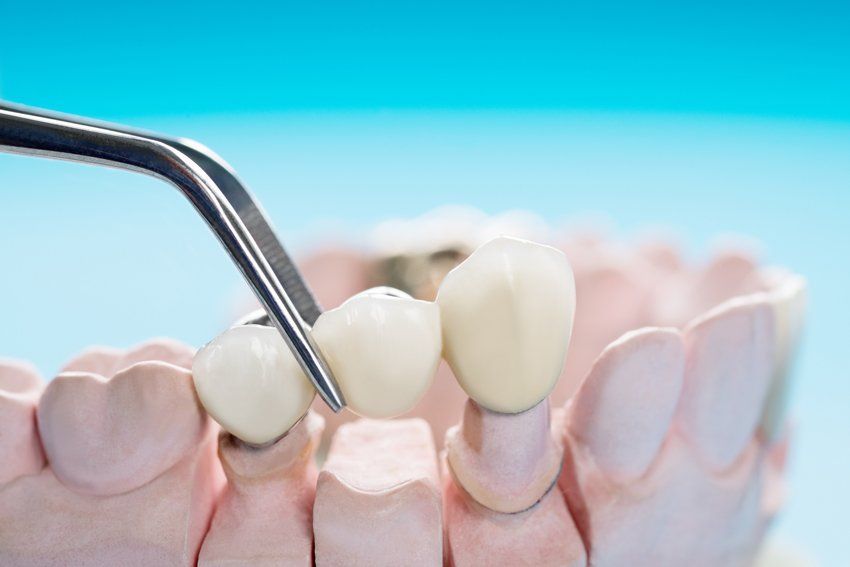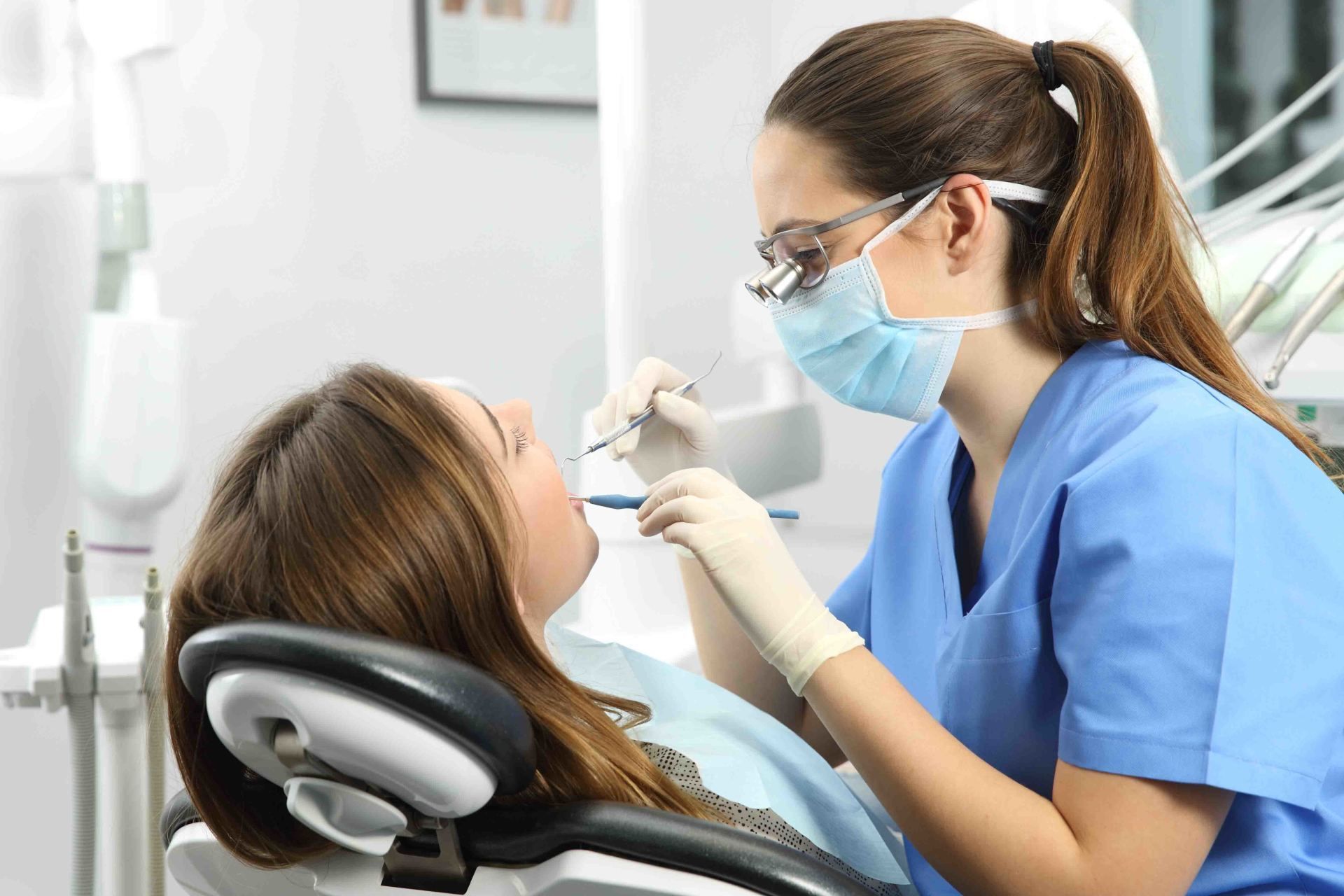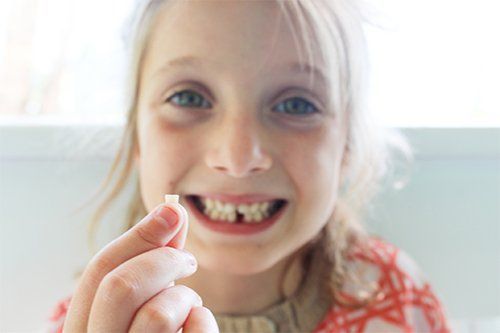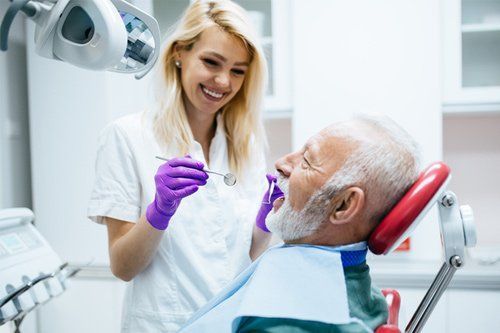Emily Daniel D.D.S.
Emily Daniel, D.D.S.
Everything You Need to Know About Flossing
Apr 03, 2020
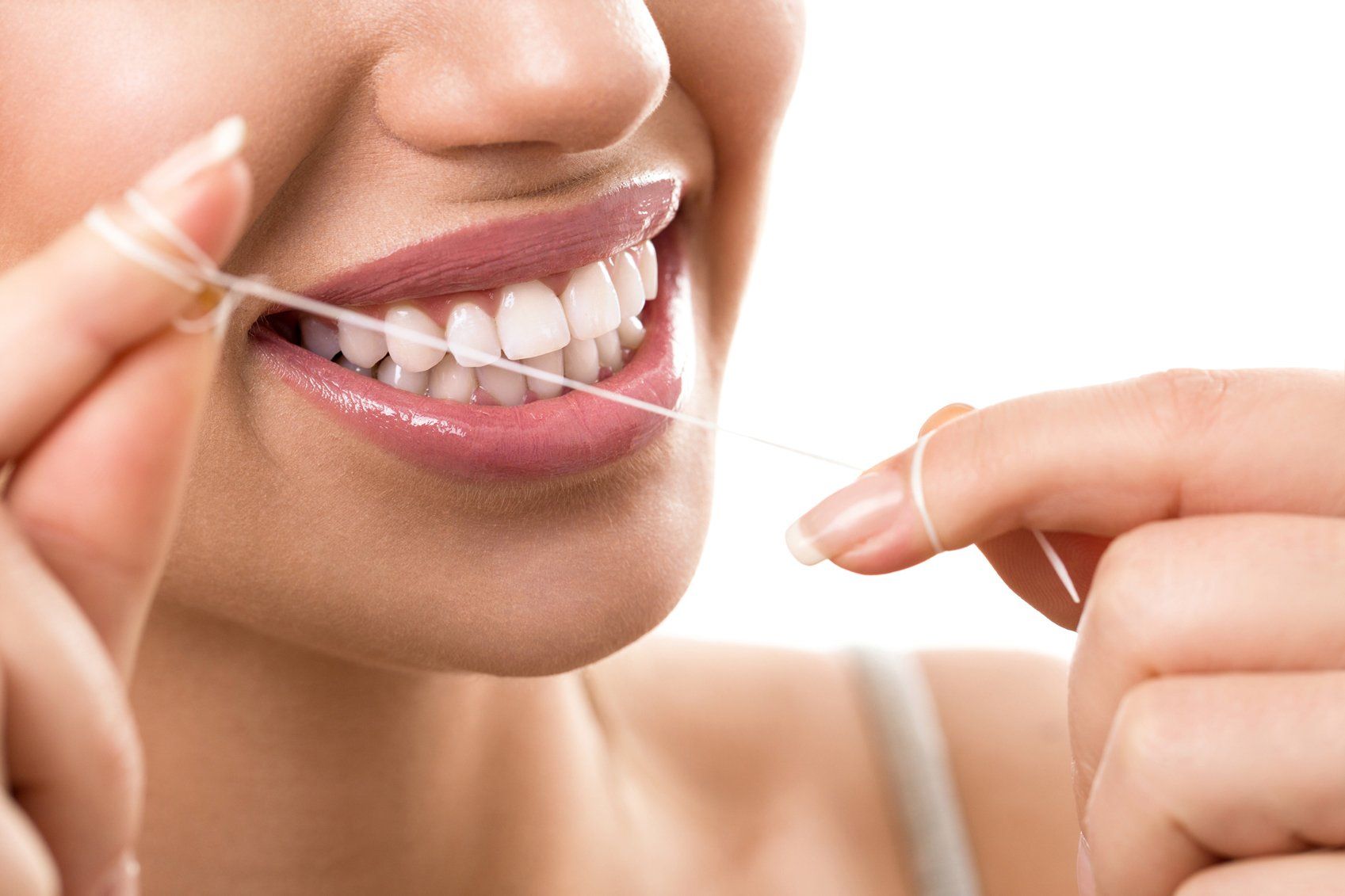
Just 40 percent of Americans
incorporate flossing into their daily dental hygiene each day, while another 20 percent of the population avoid it entirely. Whether they view flossing as a non-essential activity or they simply dislike doing it, these individuals run an elevated risk for cavities and chronic gum diseases.
You may never have understood why flossing matters so much to your dental health, or perhaps you weren't sure how to go about it correctly. Here are some important points to help you get better acquainted with this important form of preventative dental health so you can adopt it in your own everyday life.
How Flossing Supports Your Dental Health
Many dentists view flossing as a key supplement to brushing for preserving dental wellness. Toothbrushes can't always remove the tiny bits of food that get stuck between teeth. These food particles attract bacteria, potentially leading to cavities, gingivitis, and periodontitis (chronic gum disease).
According to WebMD, studies have shown that people who floss regularly have less trouble with painful, damaging gum inflammation. The removal of those stubborn food particles not only supports healthy gums but also prevents dental infections from migrating from the gum tissue to other parts of the body, such as the major organs.
How to Floss Correctly
The traditional method of flossing requires approximately 18 inches of dental floss wrapped around two fingers. Work a stretched length of floss between two teeth, rubbing up and down. Bend the floss into a Ccurve to remove food from the gum line and flat tooth surfaces.
As you go from tooth to tooth, wrap the used bit of floss around one finger while freeing a corresponding amount of floss from the other finger. This method ensures that you always apply fresh, clean floss to your teeth and gums instead of simply redistributing accumulated plaque and food particles.
How Different Flossing Methods and Devices Compare
Some people cannot use the traditional flossing technique effectively due to physical limitations such as arthritis. However, these individuals can still make a regular effort to remove trapped food from between their teeth via alternative flossing techniques and devices.
Dental Floss Picks
These small, disposable picks have a small length of floss already stretched between two plastic prongs, with a handle that allows for easy manipulation. You can move the floss between your teeth in the same manner as traditional flossing.
Water Picks
A water pick can also prove useful for keeping your teeth free of bacteria, both above and below the gum line. This device features a long, thin plastic tube attached to a water-filled reservoir. Electricity forces jets of water through the nozzle of the tube and between your teeth, knocking food away from tight spaces.
Bear in mind that water picks have some limitations compared to actual flossing. While they can reduce bacterial infiltration, they lack floss's ability to scrape plaque and biofilm off of your teeth. If you use a water pick, you should try to use it to reinforce the effectiveness of your flossing.
Interdental Brushes
If you find all of these options unsatisfactory for whatever reason, try cleaning the spaces between your teeth with interdental brushes. These small, slim brushes come in a variety of sizes, but they generally work better for people with relatively large spaces between their teeth.
To use an interdental brush, simply insert it between your teeth and apply a gentle brushing motion. You can use an interdental brush more than once, but you still need to change them out frequently. When used correctly, interdental brushes can remove food and plaque even more effectively
than traditional floss.
P.A. Daniel Jr., D.D.S., can tell you more about flossing techniques, options, and benefits. Contact
our dental clinic today to schedule a consultation.
CONTACT INFORMATION
Phone: (919) 734-4716
Address: 2300 Wayne Memorial Dr., Suite D, Goldsboro, NC 27534
BUSINESS HOURS
Monday - Thursday: 8:30 AM - 5:30 PM
Friday: By Appointment
Saturday - Sunday: Closed



OUR LOCATION
Content, including images, displayed on this website is protected by copyright laws. Downloading, republication, retransmission or reproduction of content on this website is strictly prohibited. Terms of Use
| Privacy Policy
